Guidelines for Images
Not all images are suitable for tracking. For best results, pick images that are distinct, asymmetric, detailed and that have little or no text.
Distinct
A distinct image has distinguishable areas - quite unlike a repetitive pattern!
| Suitable |
Unsuitable |
|---|---|
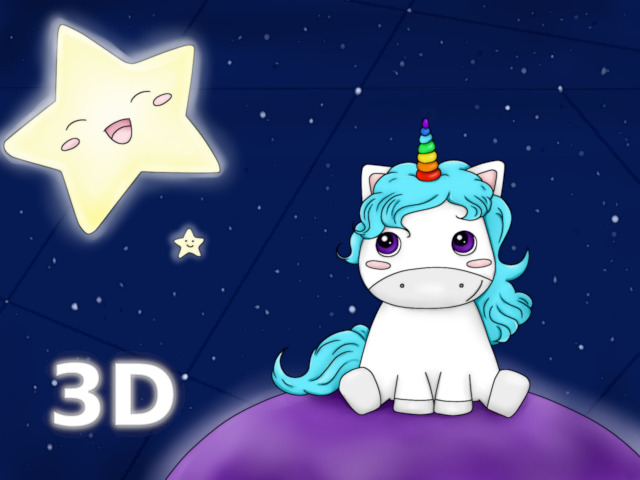 |
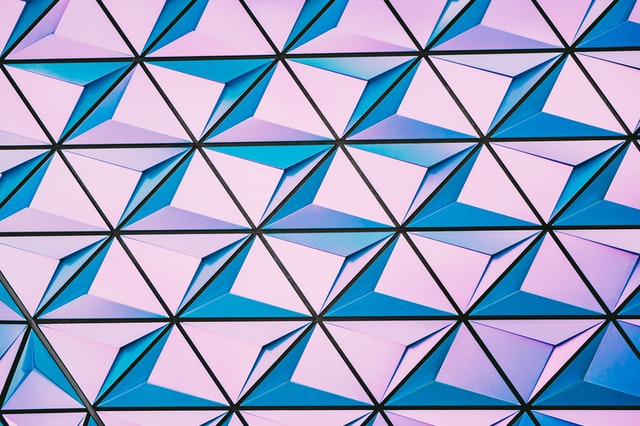 |
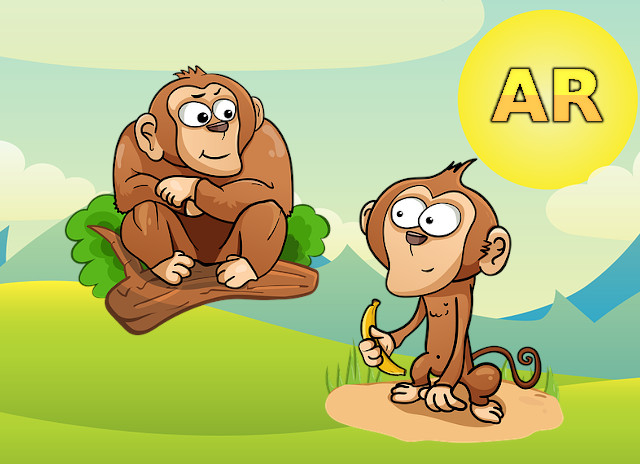 |
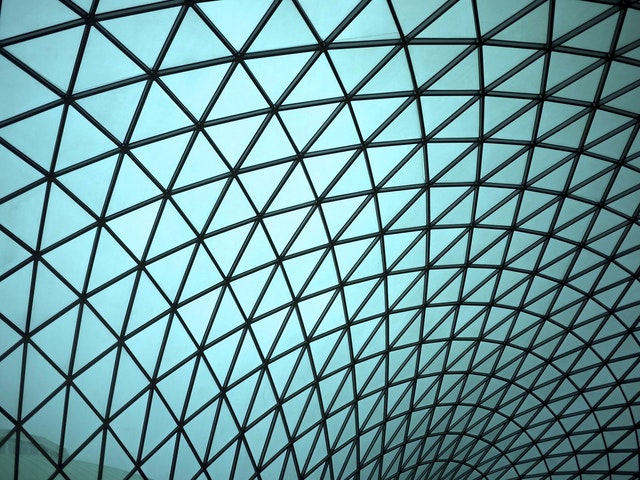 |
Asymmetric
Asymmetric images help the engine determine their orientation. When evaluating symmetry, you must not take colors into account.
| Suitable |
Unsuitable |
|---|---|
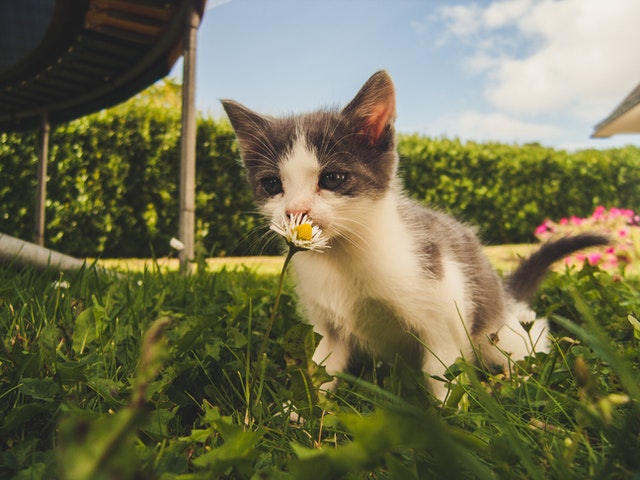 |
 |
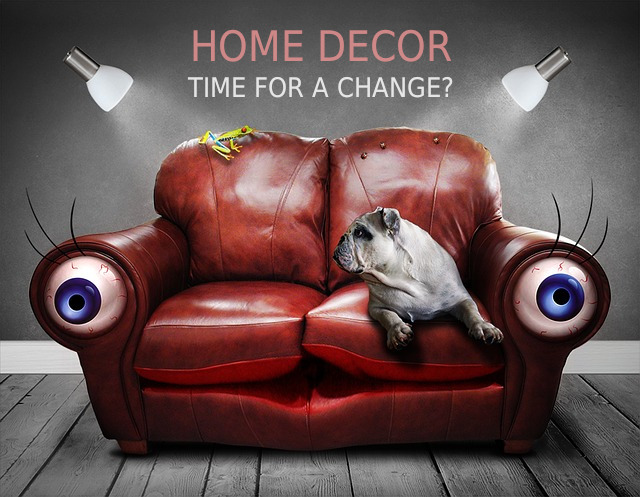 |
 |
Detailed
A detailed image has lots of different details with sufficient contrast. There isn't much blank space!
| Suitable |
Unsuitable |
|---|---|
 |
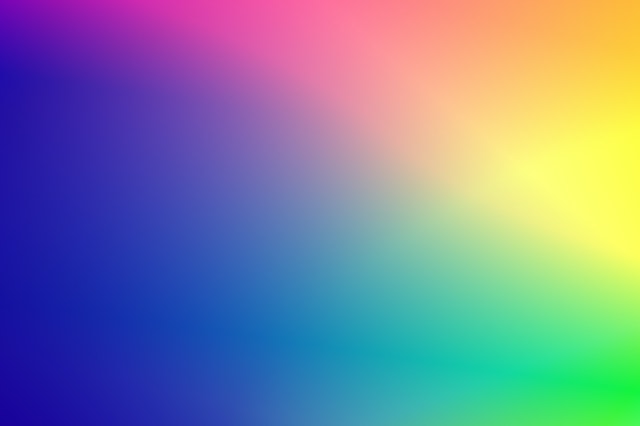 |
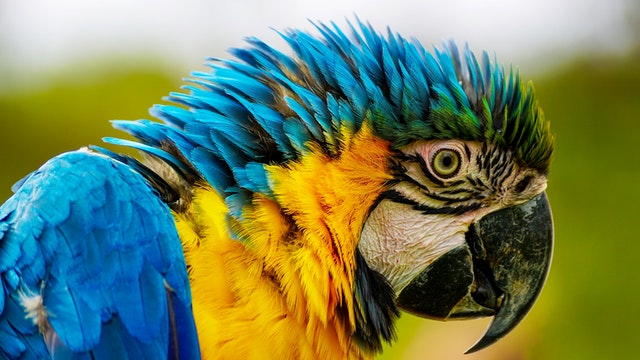 |
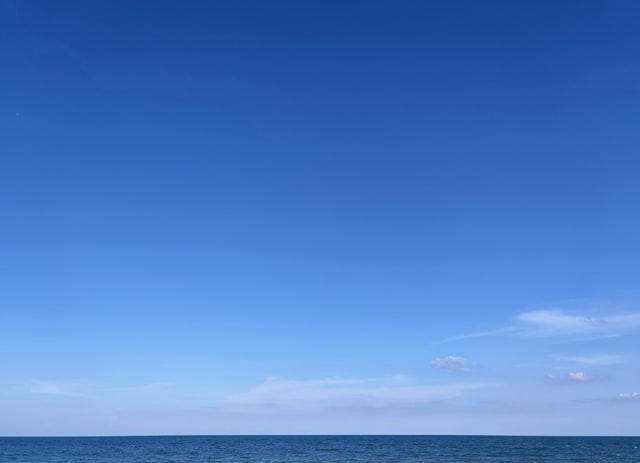 |
Little or no text
It follows from the other recommendations that images with too much text - particularly small text - are unsuitable for tracking. Feature points will tend to cluster around the letters and will not be distinct enough. A little bit of text is okay.
| Suitable |
Unsuitable |
|---|---|
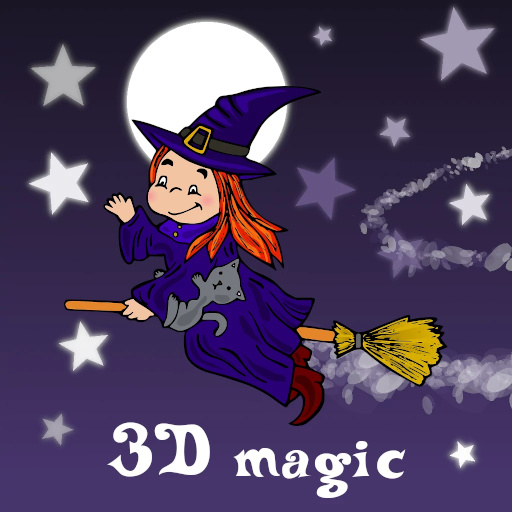 |
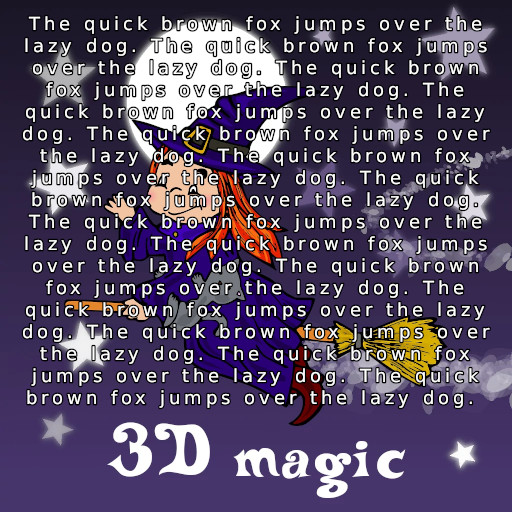 |
 |
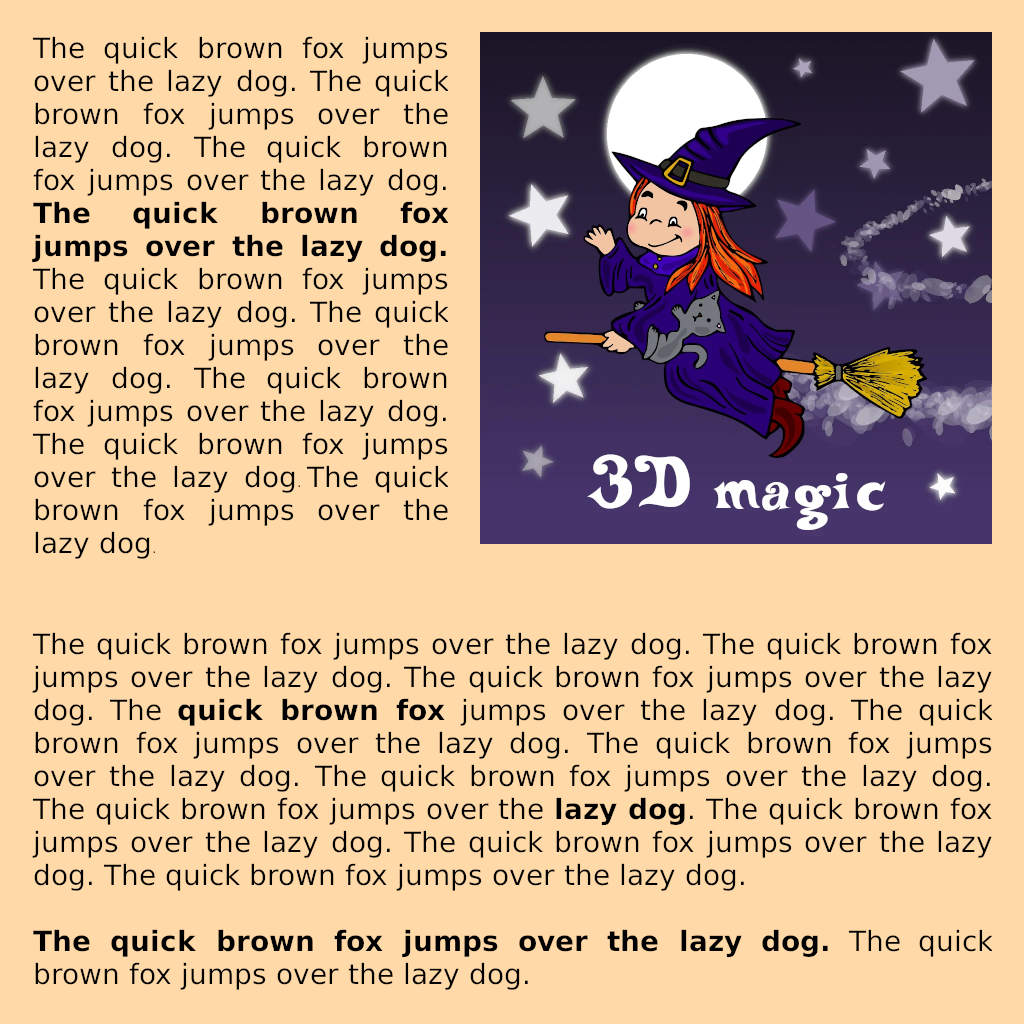 |
Other considerations
Aspect ratio
Prefer images whose aspect ratio (the ratio width ÷ height) is somewhere between the aspect ratio of the target device (16:9 is a common aspect ratio) and 1:1 (a square). It's okay to use landscape or portrait mode - the engine will make the necessary adjustments.
Resolution
Using a Ultra HD image is of no benefit, because the engine will downscale it. A tiny image isn't desirable either, because some details may be lost and the engine will likely have to upscale it. Use an image that has its details preserved. It's even better if that image can be loaded quickly!
Physical materials
When printing your images, keep the following in mind:
- Prefer non-reflective materials. Avoid shiny materials such as glossy paper. Reflections may generate artifacts in the video and interfere with the tracking.
- Materials should be rigid. Don't use something that can be distorted too easily.
- Use quality materials.
Brightness on screens
If you're using a screen to display your images, make sure to adjust its brightness. If the screen is too bright (too dark), it will cause overexposure (underexposure) in the video and tracking difficulties - details of the images will be lost. Screen reflections are also undesirable.
Test it!
In addition to the guidelines presented above, you should always experiment with your images and make sure it all works as intended. Keep in mind that proper lighting of the physical environment is also very important!
See also: Recommendations for WebAR.